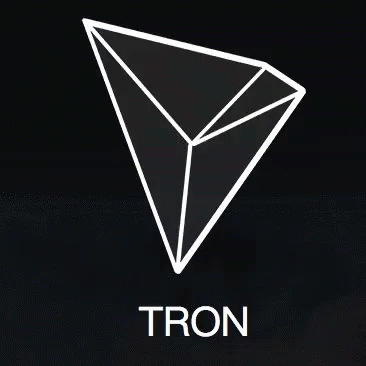
Tron, a blockchain platform known for its smart contract and decentralized application (dapp) capabilities, similar to Ethereum, is witnessing a significant surge in its daily active addresses (DAA). DAA is a crucial metric that represents the number of unique addresses participating in transactions on a blockchain within a day.
Tron’s DAA Skyrockets, Leaving Ethereum and Bitcoin Behind Recent data shared by DeFi researcher Alex Wacy on October 6, referencing Token Terminal, reveals that Tron boasts over 1.9 million DAAs. This figure is impressive, especially when compared to BNB Chain’s 915,000, Ethereum’s 320,000, and Bitcoin’s 570,000 DAAs.
The rapid growth suggests that Tron is adding approximately 200,000 new addresses every day. Furthermore, other metrics indicate that Tron has already amassed around 188 million unique accounts, which have collectively processed over 6.5 billion transactions.
Wacy attributes this remarkable increase in Tron’s DAA to its significant role in stablecoin transactions. Approximately $45 billion worth of stablecoins, which are pegged to assets like the USD, adhere to the TRC-20 standard on Tron. Notably, half of all USDT transactions occur on the Tron network.
This surge is particularly striking given the broader cryptocurrency landscape’s current challenges, including price volatility and decreased on-chain activity in sectors like DeFi, metaverse, NFTs, and blockchain.
Legacy Chains: Still Dominant Despite Lower DAA While Tron, BNB Chain, and NEAR Protocol are leading in terms of DAA, suggesting a shift towards third-generation platforms, legacy networks like Bitcoin and Ethereum remain dominant in the crypto space.
Bitcoin, despite its lack of native smart contract functionality, benefits from its pioneering status in the cryptocurrency world. Its widespread adoption and presence on nearly all exchanges facilitate the daily transfer of vast sums, solidifying its position in the market.
Ethereum, on the other hand, despite having a lower DAA than Tron, still generates substantial fees from smart contract executions and transfers. As of October 6, Ethereum had produced fees exceeding $2 million, outpacing Bitcoin by a significant margin.
Tron’s impressive DAA growth underscores the dynamic nature of the cryptocurrency landscape. While newer platforms are attracting users with their advanced features and lower fees, legacy networks like Bitcoin and Ethereum continue to hold their ground due to their established reputation and widespread adoption.
This article is for information purposes only and should not be considered trading or investment advice. Nothing herein shall be construed as financial, legal, or tax advice. Bullish Times is a marketing agency committed to providing corporate-grade press coverage and shall not be liable for any loss or damage arising from reliance on this information. Readers should perform their own research and due diligence before engaging in any financial activities.


